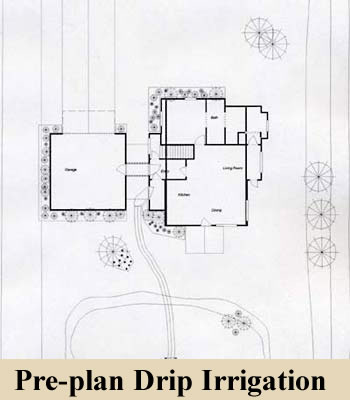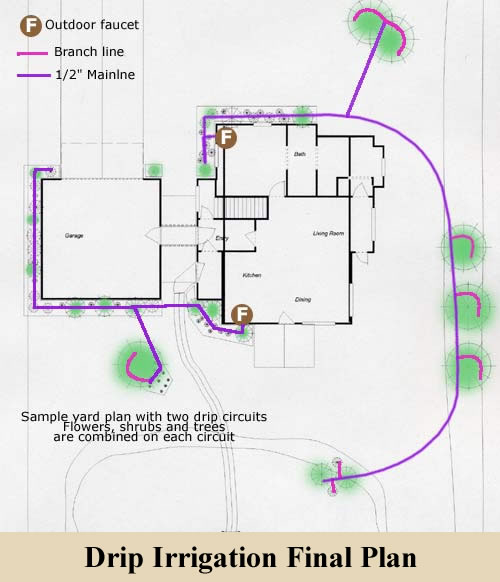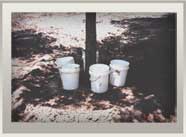Care of Transplanted Trees and Shrubs
WATERING SCHEDULE
All plants need water to stay alive. Newly transplanted stock needs even more water. Water newly planted trees every day for the first 5 days only. Plants in clay soil should be watered once per week thereafter. In sandy soil, water twice per week. The weekly watering requirements change with humidity, precipitation, wind, soil type, and other weather conditions.
If in doubt about watering needs, probe the soil to a depth of at least 12 inches with a soil probe. Water according to the findings (i.e. if dry … water; if wet … don’t water). Caution: Never over water a plant after the first week. Plant stock can be killed very quickly by excessive watering or allowing water to stand around plant material.
Click here to download a PDF flyer for the careof transplanted trees and shrubs.
METHOD OF WATERING
Drip irrigation is the preferred method of watering. Drip irrigation is by far the most economical and thorough method of watering trees. We can install drip or show you how to do it yourself. Warning: Sprinkler systems designed to water turf will not adequately water trees.
Otherwise, build a 4″ dish or collar around the plant. The dish or collar should start at the outside edge of the transplanted root ball. Place a hose in the dish and slowly run water on the plant. Take care to maintain the integrity of the dish around the tree. We also recommend Gator Bags in certain situations.
If the leaves droop or appear to be wilting, apply water directly to the leaves with a fine spray (five or ten minutes at a time). Spray two or three times in the afternoon on hot or windy days. This will prevent excessive transpiration of moisture and drying of the foliage.



WATER AMOUNT AND DURATION
Trees need approximately 20 gallons of water per inch of tree diameter per watering. For example a 6″ tree needs 120 gallons of water. Watering should be stretched out over a 5 hour period. Continue to water flowering shrubs and deciduous trees until they lose their leaves in the fall and during extended winter dry periods. Evergreens should be watered during the cold months regularly as needed.
MULCHING
Mulch lightly with approximately 3″ of pine straw. Caution: Too much mulch can act as a thatched roof and turn water away from the root system. Wood chips pull nitrogen away from the plant and therefore are not recommended.
FERTILIZATION
Fertilize plant material in March, June, and September. After transplanting, a good fast acting fertilizer such as 20-20-5 applied at a rate of 1/2 pound per inch of diameter should be sprinkled around the root ball. Use a 16-4-8 slow release (at least 50% slow release) at the same rate after the first growing season.
BRACING
Large plant material only needs braced if subjected special conditions such as in the middle of a field or where wind is funneled at the tree. Bracing will support a tree under extreme weather conditions or storms. If used, leave tree bracing in place for a minimum of two growing seasons.
HELP
If your tree appears to be in trouble, please contact us. We can help!!!